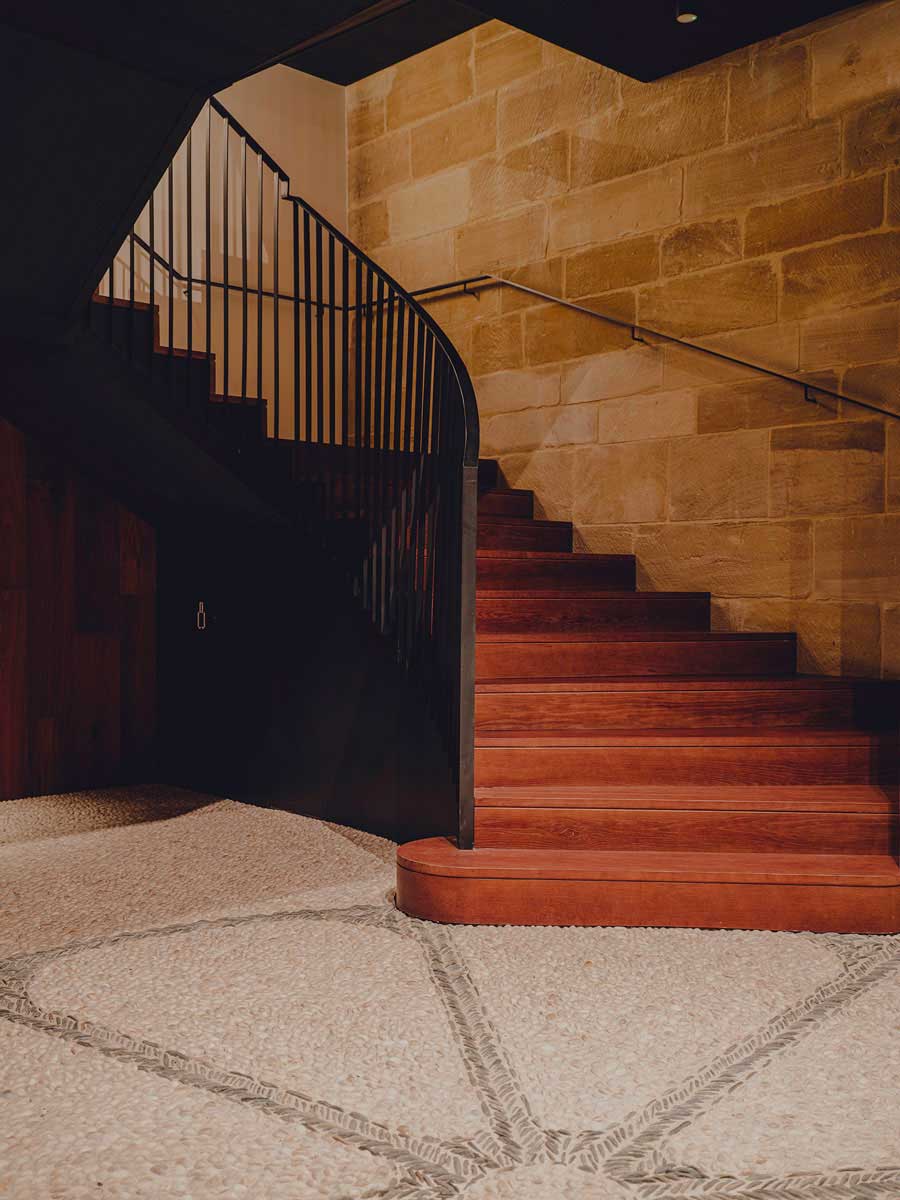Life in a region like La Rioja, which is full of wineries and vineyards, revolves around a culture. Every day and every month of the year hinges on know-how, a skill set, inherited wisdom, and new emerging ideas.
The many miles of vineyards that stretch across this region are treated with care and attention throughout the year and closely monitored by hands that look after the vines to make sure everything turns out as well as possible…
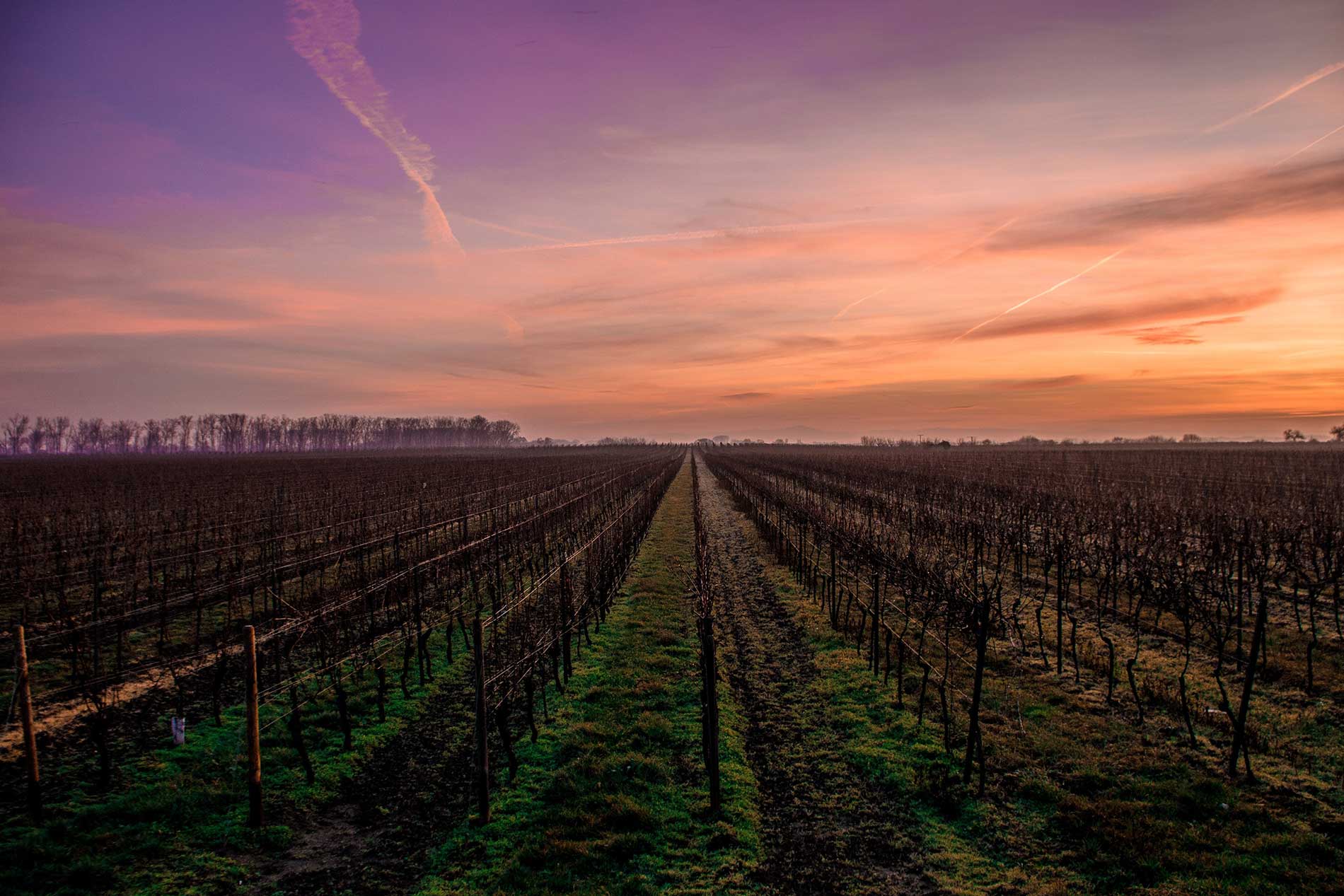
Before harvest time arrives, the vines are put through a complete biological cycle that requires a precise pruning and care technique:
— Budding. This phase begins in March when the vine awakens, and the first green shoots begin to emerge, which will become large leaves in the future. During this phase, the soil is also turned to carry out tasks that favor root growth.
— Leafing. This is the most important phase. During leafing, the raw sap of the plant is transformed into elaborated sap, making it possible for photosynthesis to take place. This is when the sugars and acid molecules accumulate, influencing the flavor. The non-useful shoots are also removed.
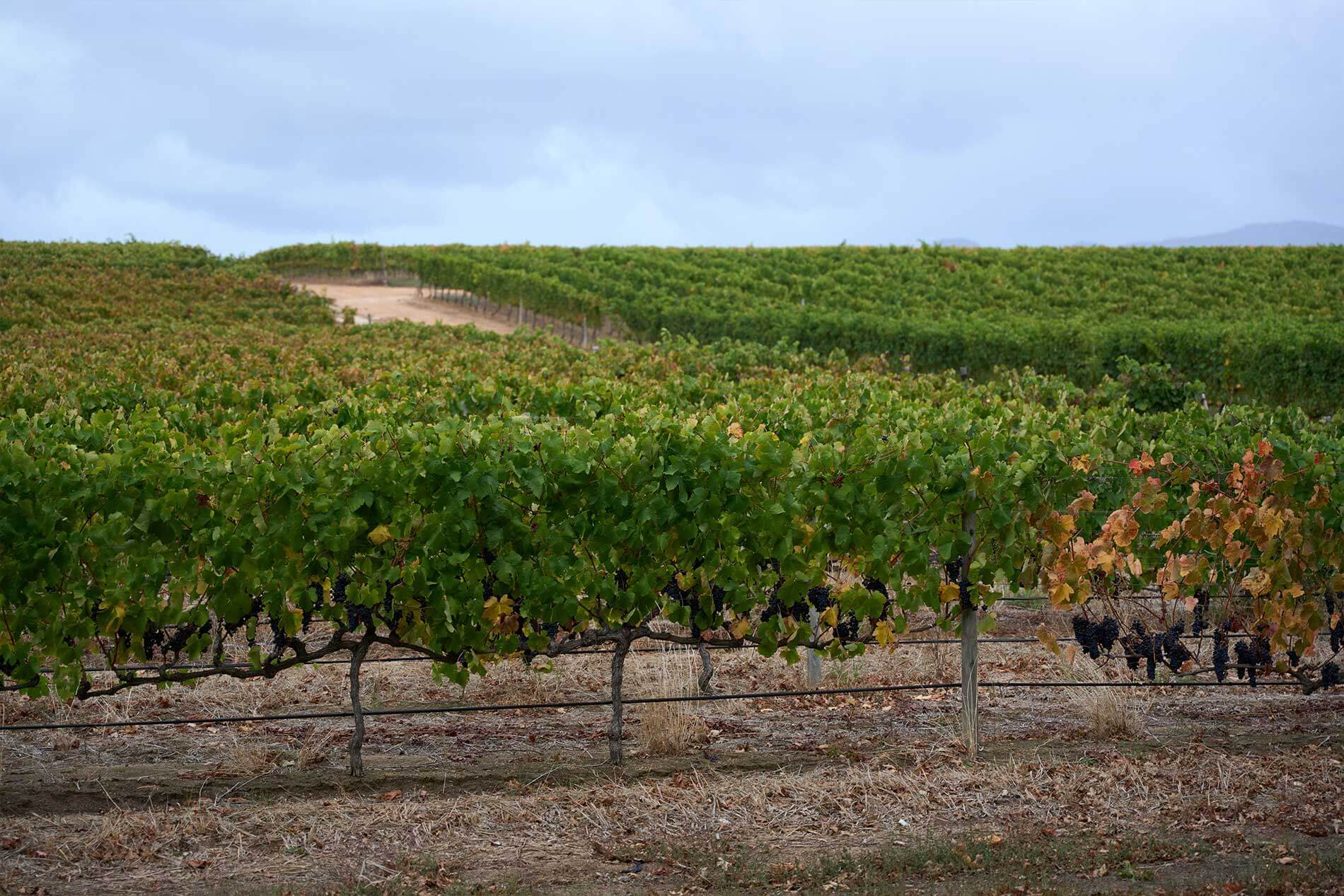
— Flowering. The first flower embryos that will form the clusters begin to appear between May and June. The plant will be especially sensitive to the weather during this phase and will need the sun to bloom. Flowering will mark the future harvest; when flowering is early or late, the harvest will also be early or late.
— Fertilization and fruiting. Grapes begin to appear. This occurs between the end of June and the beginning of July. Green harvesting will also take place at this time, if necessary, and involves removing the youngest bunches of grapes.
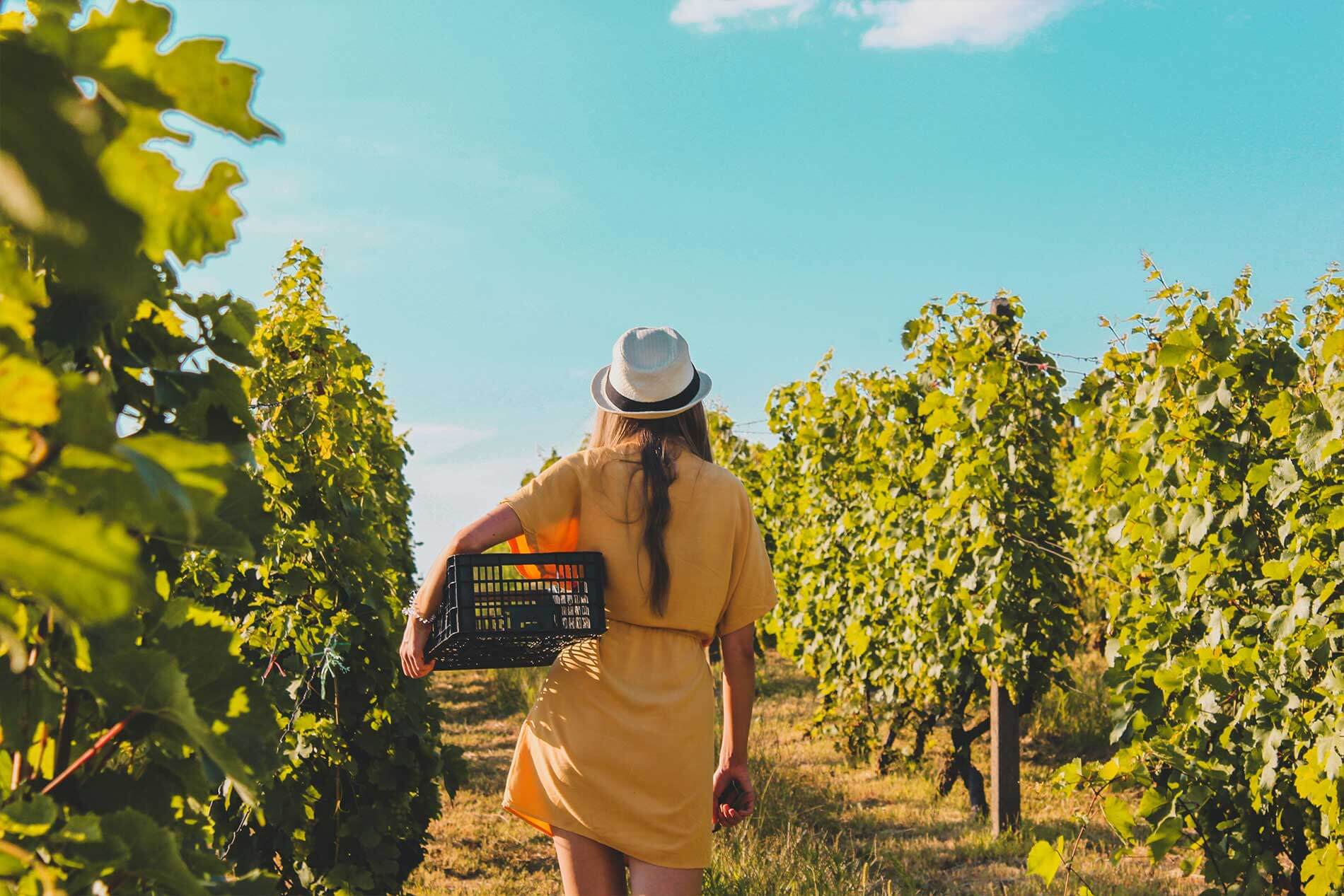
— Veraison. This is when the grapes ripen. Both red and white varieties will gradually take on their final color. This happens during the rest of the summer. Clusters will be removed as necessary during this period to maintain the overall level of ripeness at harvest time.
— Ripening. This takes place between August and October. Photosynthesis of the leaves and trunks will cause an increase in sugar levels. The greater the amount of sugar, the less acidity the wine will have. This factor will be considered depending on the type of wine to be produced.
— Harvest. This is when the ripening tests will be carried out to try to determine both the perfect moment for harvesting and the type of must to be obtained to subsequently collect and harvest the grapes.
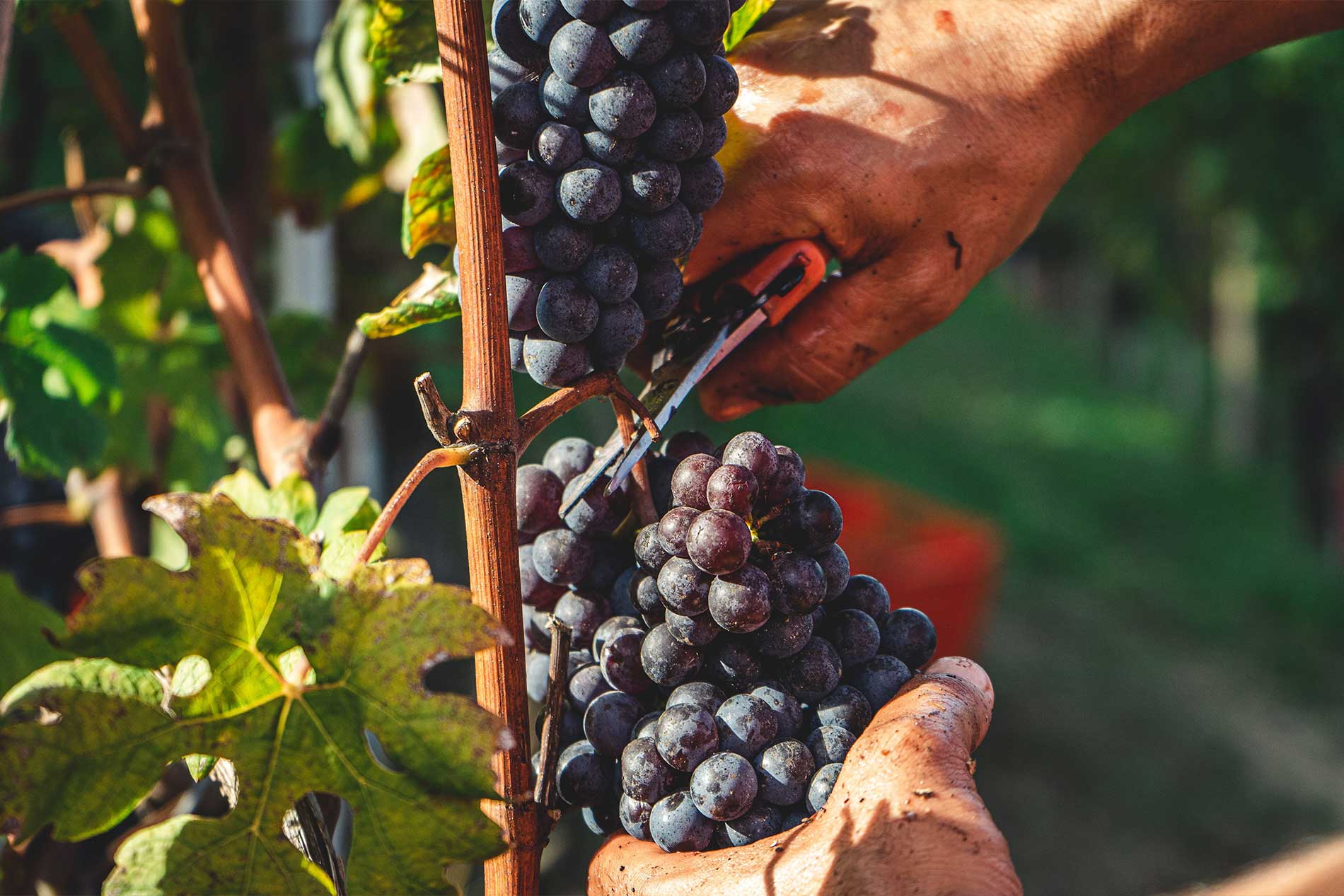
— Dormancy. After the grape harvest, the vines will enter a dormant state from November to March. Pruning will be required in January and February. During this phase, the vineyards will remain dormant, and later they will be able to come back to life with renewed strength.
The grapevine cycle is undoubtedly something magical to get to know upon experiencing wine tourism in La Rioja. Are you joining us to discover more at the Hotel Santa María Briones?
Information and bookings:
reservas@santamariabriones.com
+ 34 941 991 599
